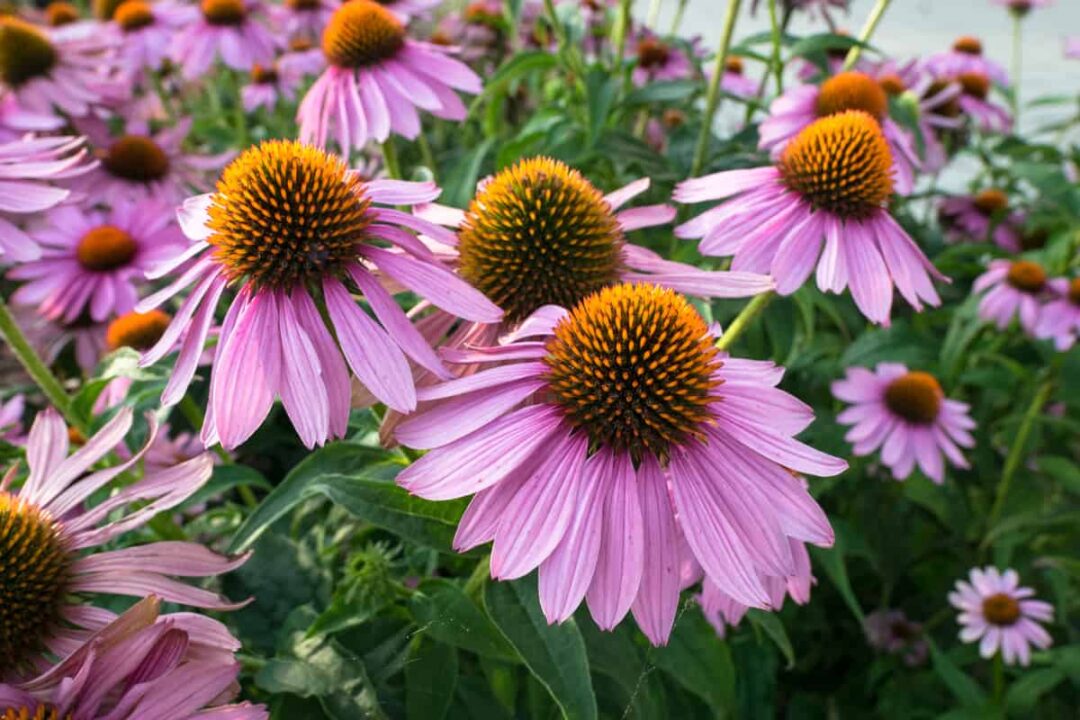Echinacea is an herb that is well known as the Purple Coneflower. It was used by Native Americans for a variety of conditions, including venomous bites and other external wounds. It was introduced into U.S. medical practice in 1887 and was touted for use in conditions ranging from colds to syphilis.
Modern research started in the 1930s in Germany (1).There are nine recognized types of Echinacea; three of them are the most commonly used in today’s natural remedies:E. angustifolia, E. purpurea and E. pallida, as they have been found to have the most noticeable positive effects. The strongest evidence for echinacea as a cold remedy comes from studies of Echinacea purpurea. In a review of over a dozen studies, researchers concluded that Echinacea could reduce the risk of catching a cold by around 58% and shorten a cold’s duration by 1.4 days (2). Similarly, in a study in 80 people, taking echinacea at the onset of cold symptoms reduced the duration of symptoms by 67%, compared with a placebo (3).
Echinacea is available over the counter in capsules, tablets, tinctures, teas and in blended combinations. The root, above ground plant and flowers are used together or separately in today’s formulas. The most effective formula to use is different for everyone, and trying more than one form or delivery system is the best way to decide what works.
References
- Kaiser Permanente https://wa.kaiserpermanente.org/kbase/topic.jhtml?docId=hn-2081004
- The Lancet- Infectious Diseases. Evaluation of Echinacea for the prevention and treatment of the common cold: a meta-analysis. https://www.thelancet.com/journals/laninf/article/PIIS1473-3099 (07)70160-3/fulltext
- Efficacy of Echinacea purpurea in patients with a common cold, A placebo-controlled, randomized, double-blind clinical trial. https://pubmed.ncbi.nlm.nih.gov/11505787/










